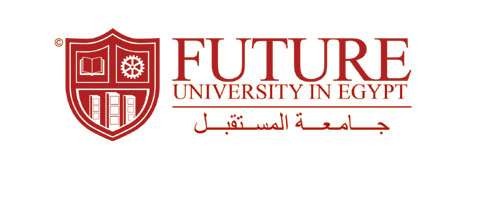| Topic
|
No. of hours
|
Lecture
|
Tutorial/Practical
|
|
physics of radiation
|
4
|
• Introduction to the course • Nature and types o
|
• X ray machine accessories • Image characters • E
|
|
principles of image production
|
4
|
• Dental film
|
• Processing • Demo processing
|
|
dental radiography equipment
|
4
|
IO techniques (periapical)
|
• Demo IO techniques • Infection control
|
|
intraoral radiographic techniques
|
4
|
• IO techniques (bitewing and occlusal) • Object l
|
• Periapical upper and lower central
|
|
object localization techniques
|
4
|
• IO landmarks(mandible and maxilla)
|
• Periapical upper and lower canine
|
|
image processing
|
4
|
• EO views • EO landmarks
|
• Periapical upper and lower molars
|
|
common radiographic pitfalls and artifacts
|
4
|
• Panoramic radiography (principle, technique and
|
• Common technique and processing errors
|
|
radiation protection
|
4
|
• Alternative and specialized imaging modalities
|
• Demonstration on panoramic and cephalometric mac
|
|
Radiographic normal anatomical landmarks
|
4
|
• Alternative and specialized imaging modalities(c
|
• Dosimetry • Biological effects of radiation
|
|
extra-oral radiographic techniques, indications, and normal anatomy
|
4
|
• Principles of interpretation • Description of a
|
Bitewing premolars and molars
|
|
panoramic radiography
|
4
|
• Caries
|
Processing of requirements
|
|
Principles of radiographic interpretation
|
4
|
• Periodontal diseases • Periapical lesions
|
Processing of requirements
|
|
Interpretation of radiographs in periodontal disease
|
4
|
Traumatic injuries
|
Writing radiographic report (caries, periapical, P
|
|
Interpretation of radiographs in various dental anomalies
|
|
|
|
|
traumatic injuries
|
|
|
|
